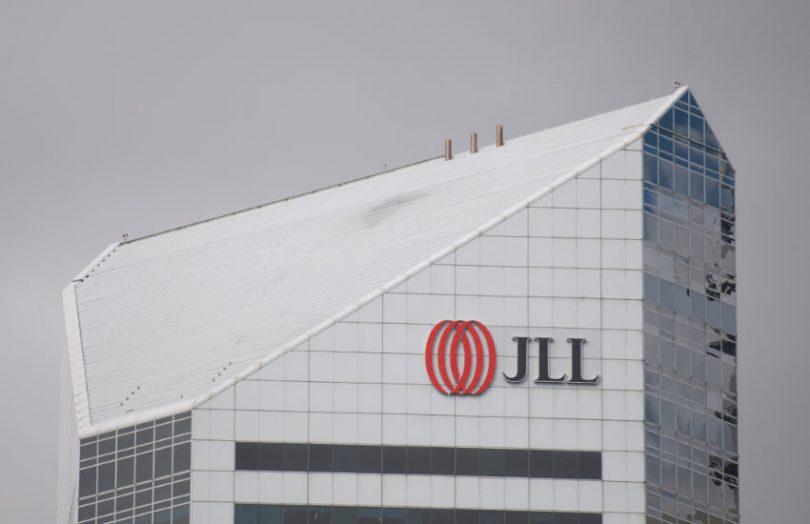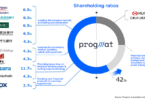LaSalle Investment Management has partnered with blockchain-based funds solution provider RealBlocks. With $77 billion in funds under administration, LaSalle is the asset management subsidiary of real estate firm Jones Lang LaSalle.
RealBlocks offers a white label solution to asset managers and fund distributors in the alternative investment space. Its offering is an end-to-end solution starting with investor onboarding and ending with all aspects of secondary market trading and transfer. Only some parts of its solution use blockchain. We chatted with CEO Perrin Quarshie to find out more.
In this particular case, LaSalle is not yet adopting the secondary market solution. Instead, it uses investor onboarding, KYC and AML, and eSigning of documents. Initially, LaSalle was interested in RealBlocks for retail investors, but it ended up using it for institutions as well. It also deployed it for a global employee co-investment program.
“RealBlocks is a game-changer in the real estate and alternatives space due to its ability to deliver an all-encompassing strategy that addresses the entire lifecycle of the investor onboarding process,” said Jodi Akers, Managing Director at LaSalle.
Quarshie told Ledger Insights that it aims to create a digital experience to enable asset managers to expand distribution, especially internationally and give investors a better experience, including greater liquidity.
The advantage of using blockchain for secondary trading is the near-instantaneous transactions enabled by using digital securities while providing a single securities record for the fund administrator, the transfer agent and custodian.
Under the hood of RealBlocks
We were curious about which aspects of RealBlocks use blockchain and which don’t. It starts with the front-end customer onboarding, which does not use blockchain. This enables investments to be filtered according to suitability for the customer.
“When they execute the purchase through our system, we issue a digital security which we store in a vault,” said Quarshie. “When the investor wishes to trade the security, we move it from user A to user B, and user B can be a secondary trading platform or another individual.”
“And then we send that back to the traditional transfer agent. So RealBlocks is sort of a parallel system in which we have the on-chain functions of digital securities and make them tradable. And then we the off-chain functions of custodianship, fund administration and transfer agency in a digital format.”
The custodianship is hybrid because you have the digital representation of the security on-chain, where RealBlocks takes care of the custody of private keys. Then there’s the conventional off-chain custodian, such as Schwab or BNY Mellon, that does the asset custody and IRS reporting.
Today RealBlocks is essentially duplicating functionality in the blockchain and conventional worlds for compliance and enabling integration with traditional institutions. But Quarshie was quite blunt in his desire to eliminate the conventional part of this parallel system as and when the regulatory environment permits it.
Another common issue with blockchain security tokens is that there are many platforms, creating silos and the need for interoperability. That’s a topic RealBlocks plans to address by participating in discussions about creating standards.
On the technology side, the RealBlocks solution currently uses the public Ethereum blockchain, although it can use other blockchains, whether public or private.
In Europe, several organizations use blockchain for fund distribution, including Allfunds, Calastone, FundsDLT, Iznes, and FundAdminChain.






